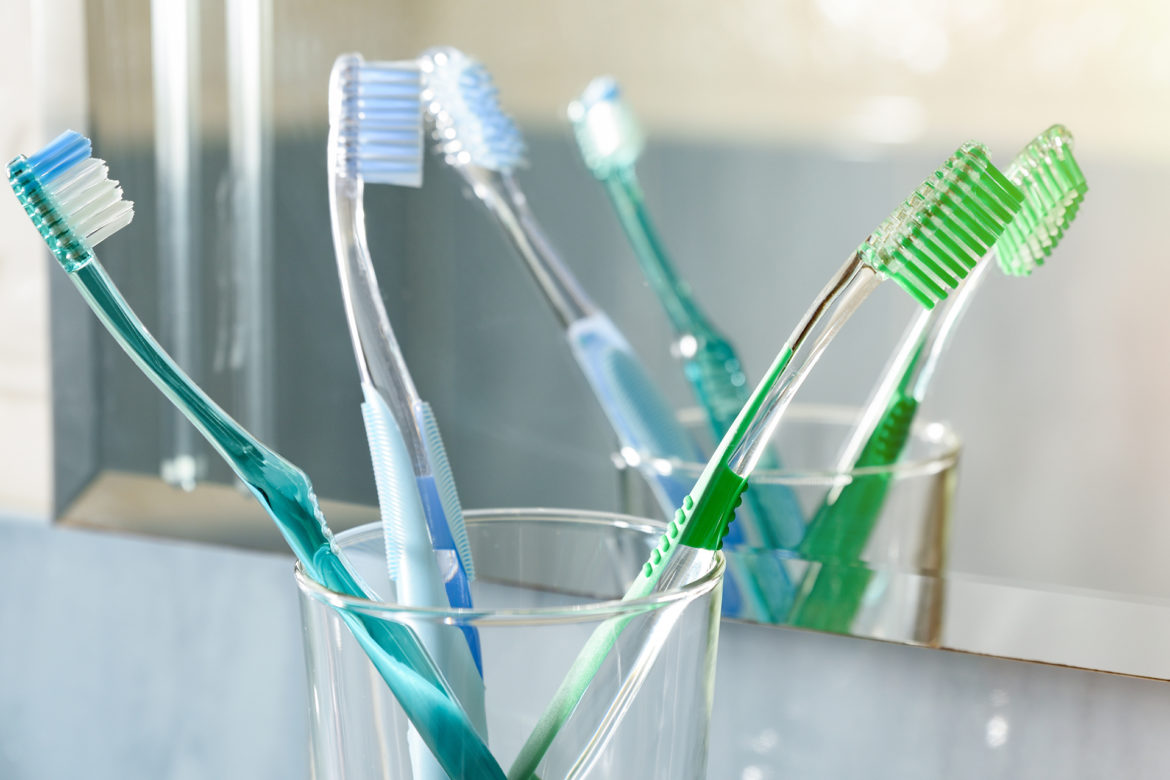TOOTHBRUSHES are a personal hygiene item people use daily, yet might not be replaced as often as necessary. How often should you change your toothbrush?
While most people cleaning their teeth twice a day, experts have found people might not be changing them as often as necessary. According to a study by the University of Manchester, toothbrushes can accumulate more than 10 million bacteria – this is more per square inch than the bacteria found in a toilet seat (50 per square inch) or in a public lavatory floor (two million per square inch).
As a result, failure to switch toothbrushes or brush heads often enough could not only have a negative impact on your teeth but also your overall health.
How often should you replace your toothbrush or brush head?
Frayed bristles are ineffective at removing plaque and food debris, meaning they could be having a negative impact on your oral hygiene.
Co-founder of the oral microbiome testing company Bristle, Brian Maurer explained: “Over time your toothbrush’s bristles will wear down from use, which will affect how well you brush your teeth.”
According to a 2020 study, bacteria levels are relatively stagnant between two and 12 weeks but show an increase in number after 12 weeks, which is why it’s important to replace your toothbrush every three months.
What impact can your toothbrush have on overall health?
Toothbrushes can carry large amounts of bacteria due to where they are stories.
One of the main sources of unwanted bacteria landing on toothbrush bristles come as a result of being too close to your toilet, explains Doop’s experts.
They state: “If the toilet is very close to the sink there are more chances that bacteria that is released into the air when you flush will reach and contaminate your toothbrush.”
Chief Operating Officer at Dentaly, Amanda Napitu, added: “When you flush the toilet, it emits an aerosol spray known as a ‘toilet plume’.
What impact can your toothbrush have on overall health?
Toothbrushes can carry large amounts of bacteria due to where they are stories.
One of the main sources of unwanted bacteria landing on toothbrush bristles come as a result of being too close to your toilet, explains Doop’s experts.
They state: “If the toilet is very close to the sink there are more chances that bacteria that is released into the air when you flush will reach and contaminate your toothbrush.”
Chief Operating Officer at Dentaly, Amanda Napitu, added: “When you flush the toilet, it emits an aerosol spray known as a ‘toilet plume’.
How can you clean your toothbrush?
One simple way to keep your toothbrush clean is by using mouthwash before brushing your teeth.
Mouthwash can help to reduce the number of bacteria that is transferred from your mouth to your toothbrush.
This is due to the high concentration of alcohol in the mouthwash which is enough to kill some forms of bacteria and germs.
It’s important to do this before and not after brushing, according to Doop’s experts.
Ms Napitu explained: “Rinsing after you brush, whether with water or mouthwash, could actually do more harm than good.

